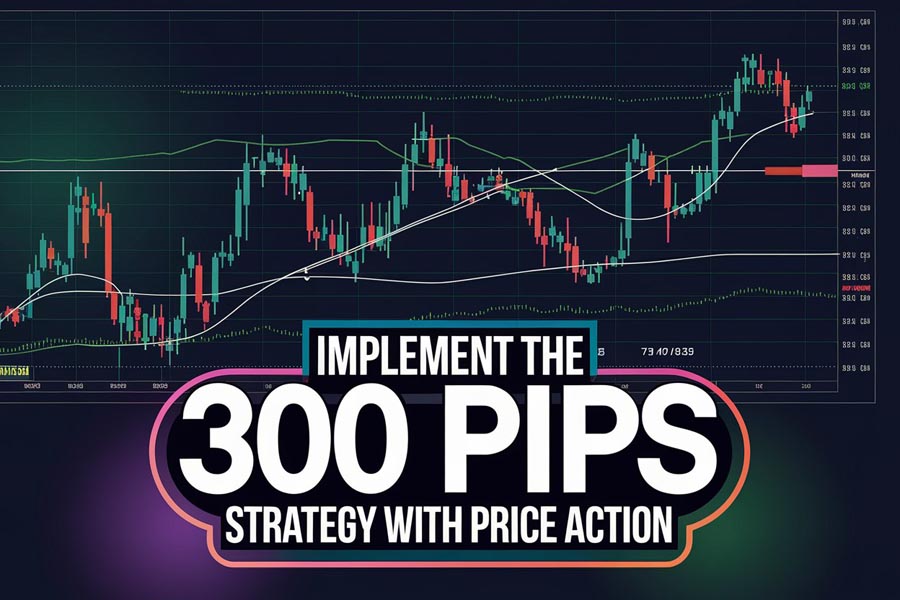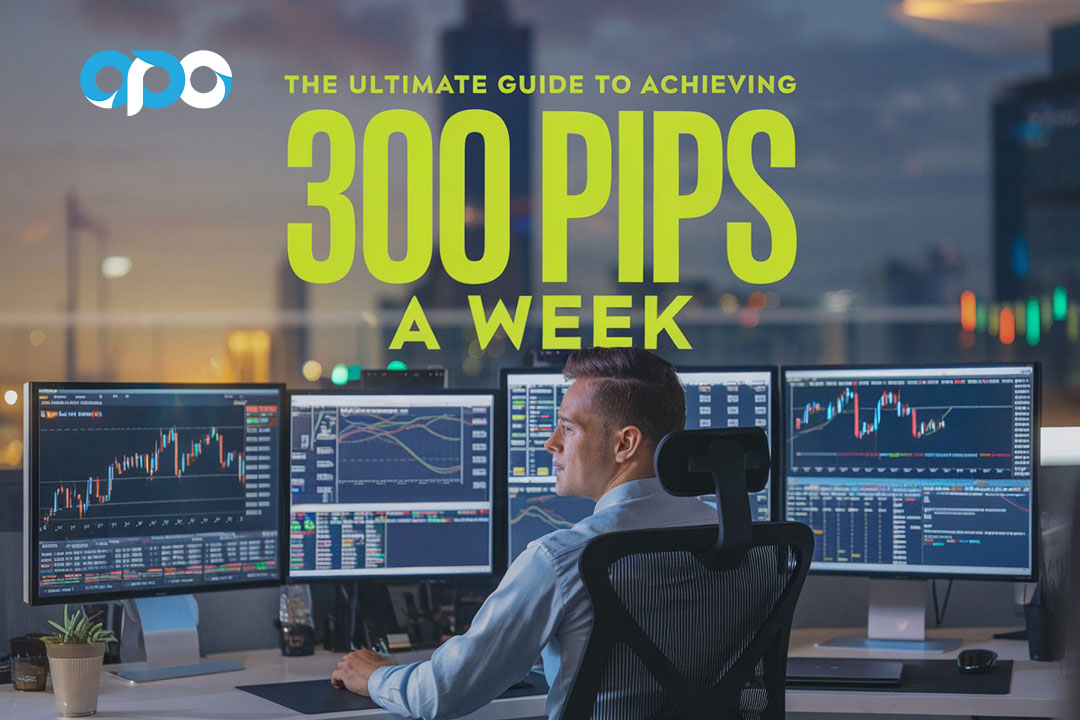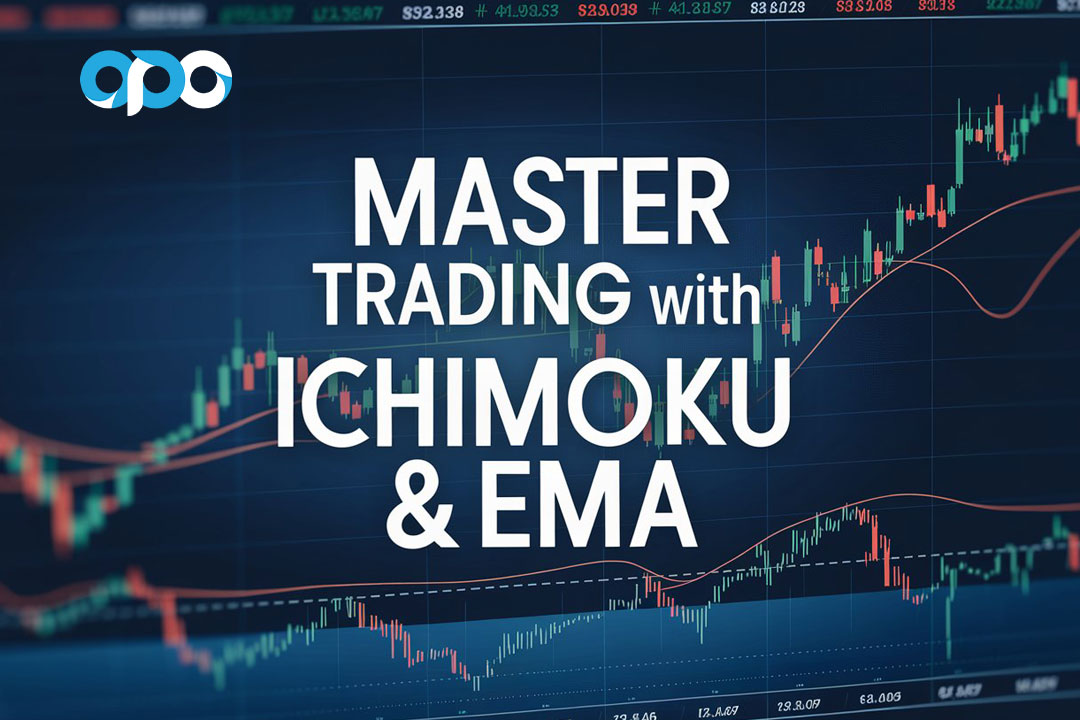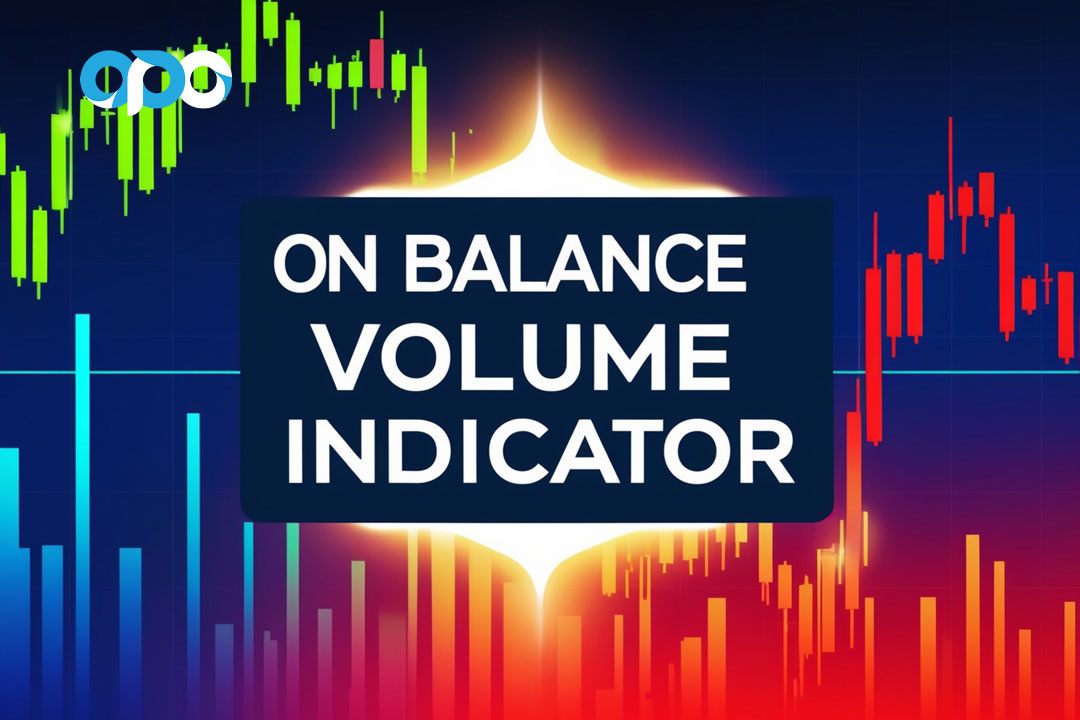Are you ready to take your forex trading to the next level? Imagine consistently earning 300 pips a week – it’s not just a dream, but a achievable goal with the right strategy and mindset. In this comprehensive guide, we’ll explore the ins and outs of the “300 pips a week” trading approach, focusing on how to leverage price action for maximum profits.
To achieve 300 pips a week in forex trading, you need to implement a disciplined trading strategy that combines price action analysis, proper risk management, and consistent execution. This typically involves identifying strong trends, trading key support and resistance levels, and using candlestick patterns to time entries and exits. While challenging, this goal is attainable for dedicated traders who are willing to put in the time to develop their skills and maintain a disciplined approach to trading.
Whether you’re a seasoned trader or just starting out, this article will provide you with valuable insights to boost your forex trading success. We’ll cover everything from the basics of pips and price action to advanced techniques for consistent profitability. Before we dive in, it’s crucial to choose a reliable online forex broker to ensure smooth and secure trading experiences. With the right tools and knowledge, you’ll be well on your way to reaching that coveted 300 pips a week target.
Understanding the 300 Pips a Week Strategy
What Are Pips and Why Do They Matter?
Before we delve into the strategy, let’s clarify what pips are and why they’re essential in forex trading. A pip, short for “percentage in point,” is the smallest price movement in currency exchange rates. For most currency pairs, a pip is equal to 0.0001. For example, if the EUR/USD moves from 1.1000 to 1.1001, that’s a one-pip movement.

Pips are crucial because they:
- Measure profit and loss
- Help in risk management
- Allow for precise position sizing
- Enable consistent performance tracking
Understanding pips is fundamental to forex trading success. They provide a standardized way to measure price movements across different currency pairs, allowing traders to compare opportunities and manage risk effectively. For instance, a 10-pip move in EUR/USD represents the same monetary value regardless of the current exchange rate, making it easier to calculate potential profits or losses.
The 300 Pips a Week Approach
The 300 pips a week strategy is a goal-oriented approach to forex trading. It aims to accumulate a total of 300 pips in profit over a week’s trading sessions. This strategy emphasizes consistency and disciplined trading rather than seeking massive gains in single trades.
Key aspects of this approach include:
- Realistic goal-setting: The 300 pips per week target strikes a balance between ambition and realism. It’s challenging enough to push traders to improve their skills, but not so high that it encourages reckless trading. This goal translates to an average of 60 pips per trading day (assuming a 5-day trading week), which is attainable with proper strategy and risk management.
- Risk management: This is perhaps the most critical aspect of the 300 pips a week strategy. Traders must carefully consider their position sizes to ensure that a string of losses doesn’t wipe out their account. A common rule of thumb is to risk no more than 1-2% of your account balance on any single trade. This means that even if you have a losing streak, you’ll have enough capital to continue trading and recover your losses.
- Consistency: The 300 pips a week strategy is not about making one or two big trades that yield massive profits. Instead, it focuses on making consistent, smaller gains that add up over time. This approach helps manage the psychological aspects of trading, reducing the pressure to “hit it big” and encouraging a more measured, disciplined approach.
- Adaptability: Forex markets are dynamic, and what works one week may not work the next. Successful traders using the 300 pips a week strategy must be able to read market conditions and adjust their approach accordingly. This might mean being more aggressive during trending markets and more conservative during ranging markets.
Implementing 300 Pips a Week with Price Action

What is Price Action Trading?
Price action trading is a method of analyzing and trading financial markets based on the movement of price, without the use of indicators. It relies on:
- Candlestick patterns
- Support and resistance levels
- Trend lines
- Chart patterns
By combining the 300 pips a week goal with price action trading, you can create a powerful and effective trading strategy.
Key Price Action Techniques for 300 Pips a Week
- Trend Identification
Identifying the overall trend is crucial for successful price action trading. Use higher timeframes (4H, Daily) to determine the primary trend direction. Look for:
- Higher highs and higher lows in an uptrend
- Lower highs and lower lows in a downtrend
- Support and Resistance Levels
Identify key support and resistance levels on your charts. These areas often provide excellent entry and exit points for trades. Pay attention to:
- Previous swing highs and lows
- Psychological round numbers (e.g., 1.3000, 1.3500)
- Daily and weekly pivot points
- Candlestick Patterns
Learn to recognize and interpret candlestick patterns. Some powerful patterns include:
- Pin bars
- Engulfing patterns
- Doji candles
- Inside bars
- Chart Patterns
Familiarize yourself with common chart patterns that can signal potential trend continuations or reversals:
- Head and shoulders
- Double tops and bottoms
- Triangles
- Flags and pennants
Developing Your 300 Pips a Week Trading Plan
- Set Clear Goals
Break down your 300 pips per week goal into daily targets. For example:
- Monday to Thursday: 60 pips per day
- Friday: 60 pips (or make up for any shortfall from previous days)
Setting clear, achievable goals is crucial for maintaining focus and motivation. However, it’s important to remain flexible. Some days may offer more opportunities than others, so be prepared to adjust your daily targets based on market conditions.
Consider these additional goal-setting strategies:
- Set a maximum daily loss limit to protect your account
- Aim for a specific risk-reward ratio on each trade (e.g., 1:2 or 1:3)
- Track your win rate and average pip gain/loss per trade
- Choose Your Trading Sessions
Determine which forex sessions align best with your schedule and trading style:
- Asian session: Lower volatility, range-bound movements
- European session: Increased volatility, trend developments
- US session: Highest volatility, potential for significant moves
Each forex session has its own characteristics, and understanding these can help you plan your trading activity more effectively. For example:
- If you’re targeting trend-based moves, the overlap between the European and US sessions often provides good opportunities
- If you prefer range trading, the Asian session might be more suitable
Consider your personal schedule and the currency pairs you prefer to trade when choosing your primary trading sessions.
- Define Your Risk Management Rules
Establish strict risk management guidelines:
- Risk no more than 1-2% of your account per trade
- Use appropriate stop-loss levels based on market structure
- Consider using a risk-reward ratio of at least 1:2
Proper risk management is crucial for long-term success in forex trading. Without it, even the best strategy can lead to account depletion due to a string of losses.
Additional risk management considerations:
- Use a position size calculator to determine the appropriate lot size for each trade
- Consider reducing your risk per trade during periods of high market volatility
- Implement a drawdown limit (e.g., stop trading if you lose 5% of your account in a week)
- Create a Trading Journal
Keep a detailed record of your trades, including:
- Entry and exit points
- Reasons for entering the trade
- Market conditions
- Emotional state
- Outcome and lessons learned
A trading journal is an invaluable tool for improving your trading performance. It allows you to identify patterns in your trading, both positive and negative, and make data-driven decisions to refine your strategy.
To maximize the benefits of your trading journal:
- Review it regularly (e.g., weekly or monthly) to identify areas for improvement
- Use it to track your progress towards your 300 pips a week goal
- Be honest about your emotional state during trades to identify any psychological factors affecting your performance
- Continual Education and Improvement
Stay updated on market news, economic events, and trading techniques. Regularly review and refine your strategy based on your trading journal insights.
The forex market is constantly evolving, and successful traders never stop learning. To stay ahead:
- Follow reputable forex news sources and economic calendars
- Participate in trading forums or communities to share ideas and learn from others
- Consider taking advanced courses or webinars on specific trading techniques
Remember, the path to consistently achieving 300 pips a week is a journey of continuous improvement and adaptation.
Advanced Techniques for Consistent 300 Pip Weeks

Multi-Timeframe Analysis
Incorporate multi-timeframe analysis into your trading strategy:
- Use higher timeframes (Daily, 4H) for trend direction and key levels
- Use lower timeframes (1H, 15M) for precise entry and exit points
This approach helps you align your trades with the overall market structure while capitalizing on short-term price movements.
Correlation Trading
Take advantage of currency pair correlations to:
- Confirm trade setups
- Avoid overexposure to similar market movements
- Identify potential divergences for reversal trades
News Trading Strategies
While price action is your primary tool, staying informed about major economic events can enhance your trading:
- Be aware of high-impact news releases
- Consider adjusting your trading around volatile news periods
- Look for price action setups that align with fundamental analysis
Advanced Price Action Patterns
Master more complex price action patterns to expand your trading opportunities:
- Three-drive pattern
- ABCD pattern
- Harmonic patterns (e.g., Gartley, Butterfly)
Using Price Action with Fibonacci Retracements
Combine Fibonacci retracements with price action to:
- Identify potential reversal zones
- Confirm support and resistance levels
- Set precise profit targets
Common Pitfalls and How to Avoid Them
- Overtrading
Avoid the temptation to overtrade in pursuit of your 300 pip goal. Quality setups are more important than quantity.
Solution: Stick to your trading plan and only take trades that meet your strict criteria.
- Emotional Trading
Don’t let emotions drive your trading decisions, especially when chasing pips.
Solution: Develop a robust trading plan and follow it consistently. Consider using a trading journal to track your emotional state.
- Neglecting Risk Management
In the pursuit of 300 pips, don’t sacrifice proper risk management.
Solution: Always adhere to your predetermined risk parameters, regardless of how promising a setup looks.
- Failing to Adapt
Market conditions change, and your strategy must evolve too.
Solution: Regularly review and adjust your approach based on market behavior and your trading results.
- Ignoring the Bigger Picture
Don’t get so focused on short-term pip gains that you miss larger market trends.
Solution: Always start your analysis with higher timeframes to ensure you’re trading in line with the overall market direction.
OpoFinance: Your Trusted Partner for 300 Pips a Week Success
When implementing your 300 pips a week strategy, having a reliable and regulated forex broker is crucial. OpoFinance, an ASIC-regulated broker, offers a comprehensive suite of services tailored to help you achieve your trading goals. With its advanced trading platforms, competitive spreads, and robust risk management tools, OpoFinance provides the ideal environment for executing your price action-based 300 pips a week strategy.

One standout feature of OpoFinance is its innovative social trading service. This platform allows you to connect with and learn from successful traders, potentially accelerating your journey to consistent 300 pip weeks. By observing and even automatically copying the trades of experienced professionals, you can gain valuable insights into effective price action trading techniques and market analysis.
Conclusion
Achieving 300 pips a week is an ambitious but attainable goal for dedicated forex traders. By combining a solid understanding of price action with disciplined risk management and consistent execution, you can work towards this target and potentially surpass it. Remember, success in forex trading is a journey, not a destination. Continuously refine your skills, stay adaptable, and maintain a growth mindset to excel in the dynamic world of currency trading.
As you embark on your 300 pips a week journey, keep these key takeaways in mind:
- Master price action techniques for accurate market analysis
- Develop and stick to a robust trading plan
- Prioritize risk management in every trade
- Use multi-timeframe analysis for a comprehensive market view
- Stay educated and adapt your strategy as needed
With patience, persistence, and the right approach, you can turn the 300 pips a week strategy into a reality and take your forex trading to new heights.
Is it realistic to aim for 300 pips every week?
While achieving 300 pips consistently every week is challenging, it’s a realistic goal for experienced traders using sound strategies. It’s important to note that forex markets can be volatile, and there will be weeks where this target may be exceeded and others where it falls short. The key is to focus on long-term consistency rather than fixating on weekly results.
How much capital do I need to start trading with the 300 pips a week strategy?
The capital required depends on various factors, including your risk tolerance, position sizing, and the currency pairs you trade. As a general rule, many professionals recommend having at least $5,000 to $10,000 to start trading forex seriously. This allows for proper risk management and the ability to withstand drawdowns. However, it’s possible to start with less and focus on percentage gains rather than absolute pip values.
Can I use indicators alongside price action for the 300 pips a week strategy?
While pure price action trading doesn’t rely on indicators, some traders find value in combining price action with select indicators. Moving averages, RSI, or MACD can be used to confirm price action signals or identify potential areas of interest. The key is to use indicators as supplementary tools rather than relying on them entirely, keeping price action as your primary decision-making factor.








